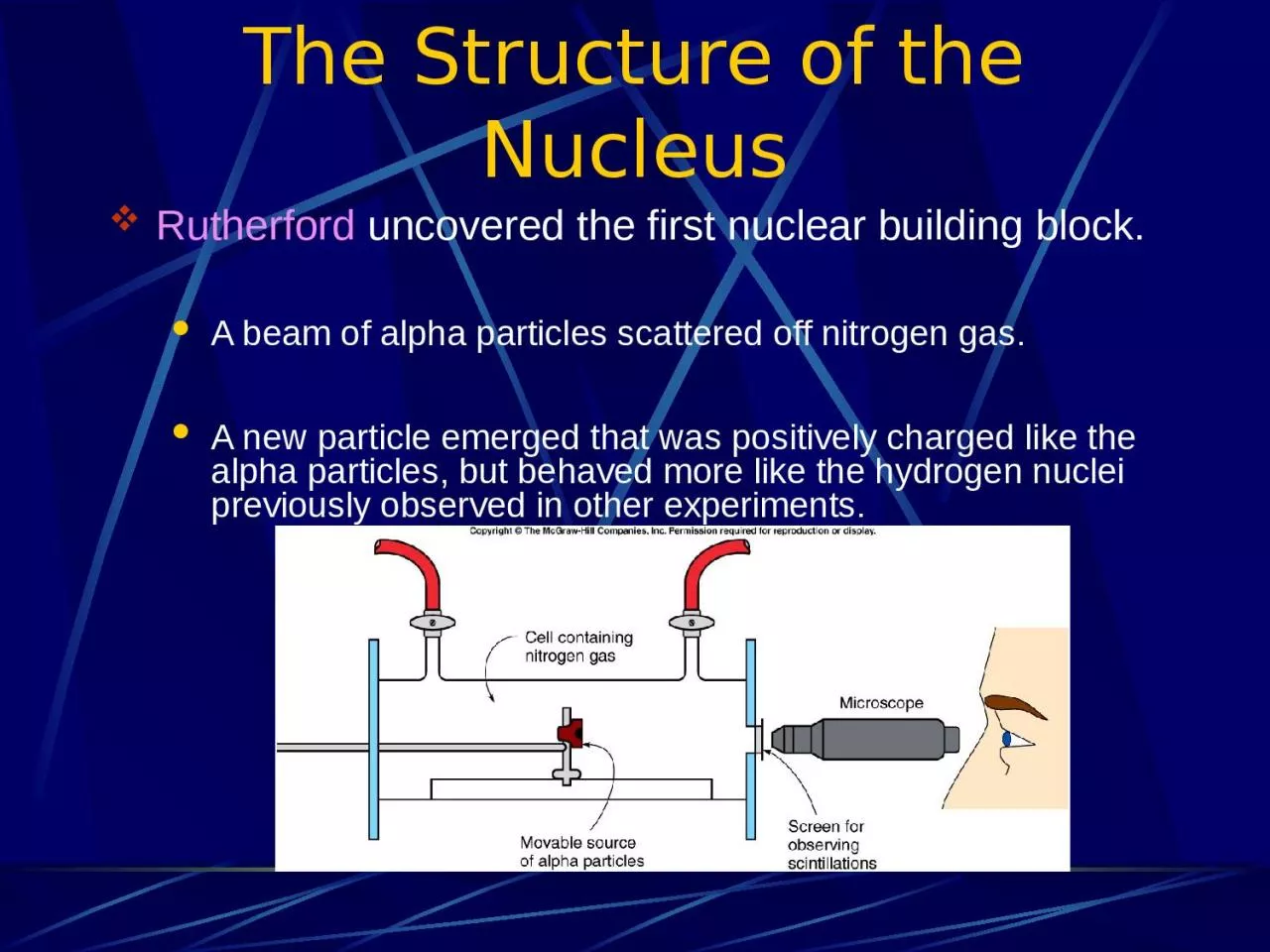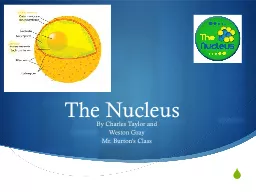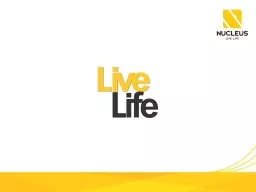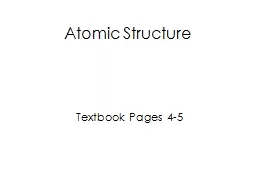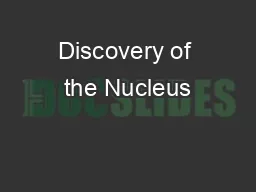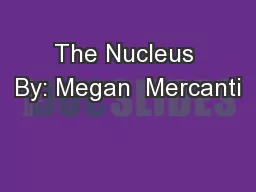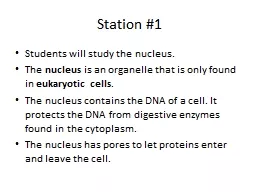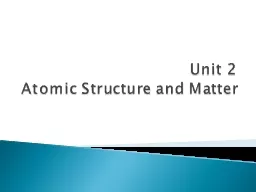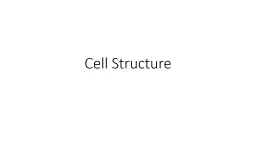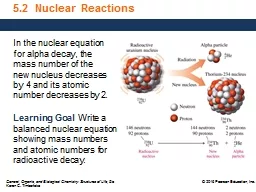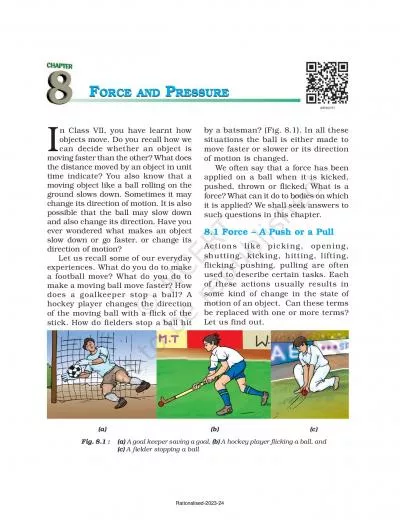PPT-The Structure of the Nucleus
Author : harper | Published Date : 2024-01-13
Rutherford uncovered the first nuclear building block A beam of alpha particles scattered off nitrogen gas A new particle emerged that was positively charged like
Presentation Embed Code
Download Presentation
Download Presentation The PPT/PDF document "The Structure of the Nucleus" is the property of its rightful owner. Permission is granted to download and print the materials on this website for personal, non-commercial use only, and to display it on your personal computer provided you do not modify the materials and that you retain all copyright notices contained in the materials. By downloading content from our website, you accept the terms of this agreement.
The Structure of the Nucleus: Transcript
Download Rules Of Document
"The Structure of the Nucleus"The content belongs to its owner. You may download and print it for personal use, without modification, and keep all copyright notices. By downloading, you agree to these terms.
Related Documents

